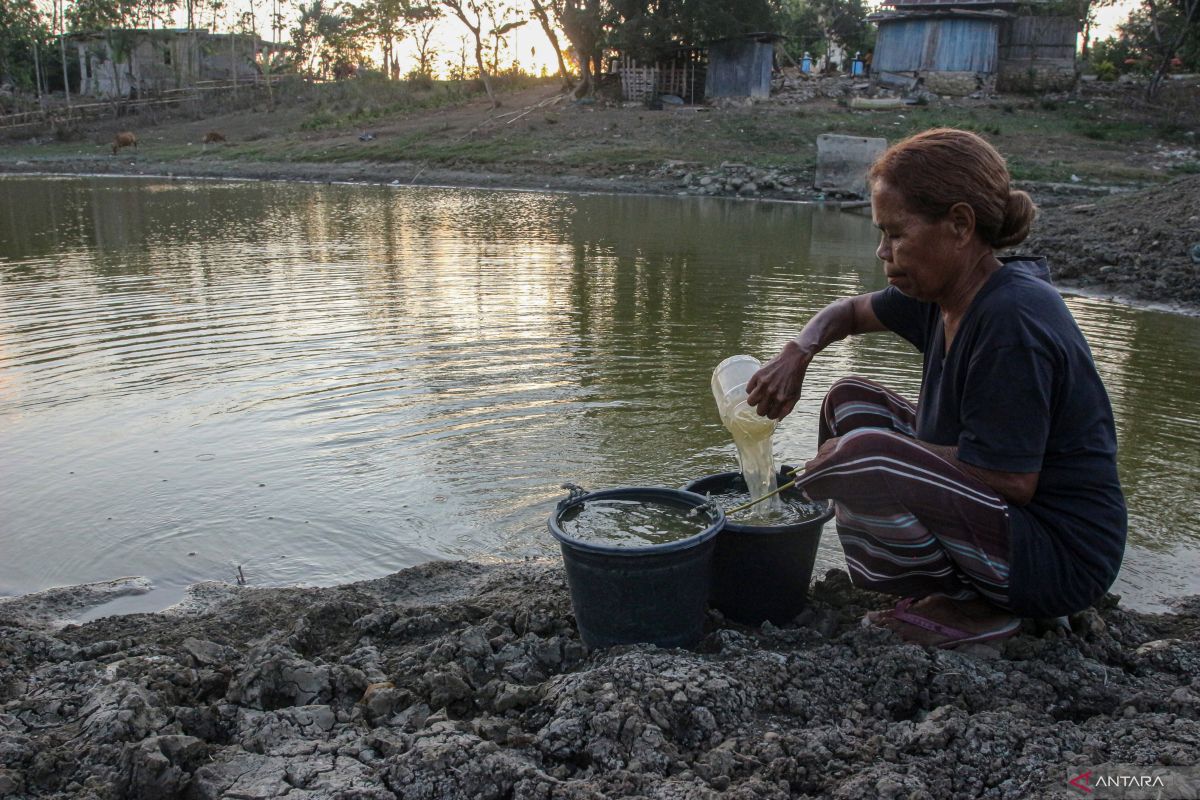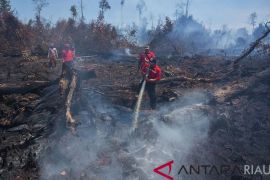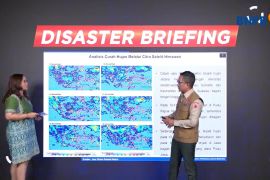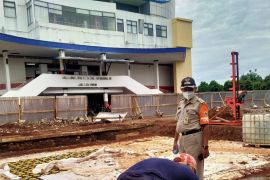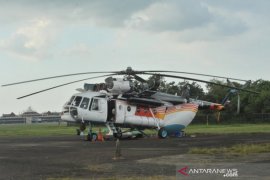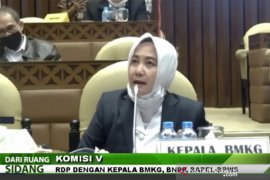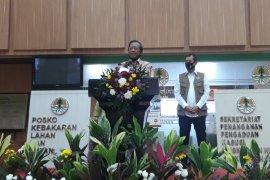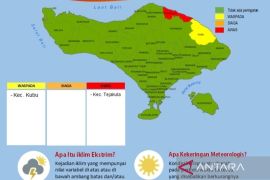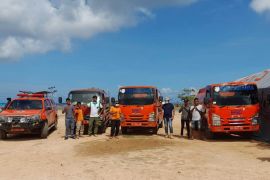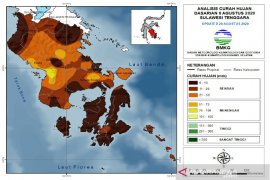BMKG Deputy for Climatology Ardhasena Sopaheluwakan said on Thursday that the hardest-hit NTT areas include Rote Ndao District (Pantai Baru, East Rote, Central Rote), Kupang City (Maulafa), Kupang District (South Amfoang), Belu District (Atambua, East Tasifeto), East Sumba District (Haharu, Pandawai, Kambers), and Sabu Raijua District (West Sabu).
In NTB, prolonged drought has been recorded in Sumbawa District (Lape, Rhee) and Bima District (Wera).
The data, gathered from 4,555 rainfall observation posts nationwide, show that 57 percent of Indonesia's seasonal zones (ZOM) have entered the dry season.
As of August 10, monitoring indicated 16 locations (0.35 percent) had an extremely long dry season, 239 (5.35 percent) a very long dry season, 91 (2.0 percent) a long dry season, 159 (3.49 percent) a medium dry season, 431 (9.46 percent) a short dry season, and 1,764 (38.73 percent) a very short dry season.
The agency urged agricultural and water resource authorities to anticipate drought-related risks, including forest and land fires.
Local governments are encouraged to integrate BMKG's 10-day forecasts, flood potential maps, rainless days data, and early climate warnings into cross-sectoral plans to minimize the impacts on communities.
BMKG will continue updating dry-season developments until the rainy season, expected to start in September, through its official website, social media channels, and early warning system.
Related news: E Kalimantan residents urged to prepare for prolonged drought
Related news: N Sumatra - Seven districts on high alert for forest fires, drought
Translator: M. Riezko Bima, Resinta Sulistiyandari
Editor: Anton Santoso
Copyright © ANTARA 2025
